GCSE Combined Science
Curriculum overview for GCSE Combined Science
Curriculum intent – the knowledge, understanding and skills that students will learn
Throughout the GCSE Combined Science course, students will rotate and be taught by Science subject specialists. At the end of the course, they will sit either six Higher or six Foundation exam papers to attain the double-award qualification. During the Combined Science course, students will develop scientific knowledge by covering units in Biology, Chemistry and Physics. The course builds upon the knowledge they have developed in Key Stage 3 in topics such as calculating magnification and identifying different types of cell division. They will build on their basic knowledge of Darwin’s work of evolution and apply the theory of Natural Selection to a range of familiar and unfamiliar contexts. Students will develop their ability to predict the arrangements of electrons in atoms and extend their knowledge of the periodic table to make predictions on the arrangement of atoms in an element. They will learn how to describe waves, identify uses of waves, as well as recall that light transfers energy and the particle model of matter. The GCSE Combined Science course enables students to develop a deeper understanding of the concepts and processes in science. They develop skills which allow them to understand the uses and implications of science now, and its place in the future development of the world; to explore how scientific ideas develop and how we learn by experimentation.
Curriculum implementation – teaching, learning and assessment strategies
Teachers will use a variety of tasks to enable students to consolidate their knowledge and practise skills learnt in each unit. Students have access to the online textbook and online exercises that they are set. On MS TEAMS, students can access revision materials and checklists to help with their studies. They are also encouraged to read widely about the topics being covered in lessons. Memorisation techniques are incorporated into lessons to help students develop skills to remember and also to apply their knowledge in unfamiliar situations. There are regular assessments which provide teachers with opportunities to determine which parts of a topic students have found difficult to grasp, so that extra support can be put in place to secure their future progress. Students are taught to consider the links between not only the three sciences but also subjects such as Mathematics, Geography and Economics. They are encouraged to consider the impact of different groups on the development of science and our understanding of the world and our place in it.
Curriculum impact – intended outcomes for students
• Students will demonstrate greater resilience when confronted by new concepts and challenges in their science lessons
• Students will receive a balance of knowledge and skills embedded as part of all their lessons
• Students will see the ‘bigger picture ‘ of science in the real world
• They will see the links between what they are studying in science and how their knowledge and skills link to and can be used in other subjects
• Their work will show evidence of their progress in developing a secure knowledge of the content and skills of the subject, including literacy skills
• Students will see how the topics they are studying in class link to future careers and the next stage of education.
Course overview for GCSE Combined Science
Exam board: Edexcel GCSE Combined Science
Coursework: Not applicable
Each exam paper is worth 16.67% of the qualification
Paper 1: Biology 1
Topic 1 – Key concepts in biology, Topic 2 – Cells and control, Topic 3 – Genetics, Topic 4 – Natural selection and genetic modification, Topic 5 – Health, disease, and the development of medicines.
Paper 2: Chemistry 1
Topic 1 – States of Matter, Topic 2 – Methods of Separation and purification, Topic 3 – Atomic structure, Topic 4 – The periodic table, Topic 5 – Ionic bonding, Topic 6 – Covalent bonding, Topic 7 – Types of substances, Topic 8 - Acids and Alkalis, Topic 9 – Calculations involving masses, Topic 10 - Electrolytic processes, Topic 11 – Obtaining and using metals, Topic 12 - Reversible reactions and Equilibria.
Paper 3: Physics 1
Topic 1 – Motion, Topic 2 – Motion and forces, Topic 3 – Conservation of energy, Topic 4 – Waves, Topic 5 – Light and the electromagnetic spectrum,
Topic 6 – Radioactivity.
Paper 4: Biology 2
Topic 1 – Key concepts in biology, Topic 6 – Plant structures and their functions, Topic 7 – Animal coordination, control and homeostasis,
Topic 8 – Exchange and transport in animals, Topic 9 – Ecosystems and material cycles.
Paper 5: Chemistry 2
Topic 3 – Atomic structure, Topic 4 – The periodic table, Topic 5 – Ionic bonding, Topic 6 – Covalent bonding, Topic 7 – Types of substances, Topic 9 – Calculations involving masses, Topic 13 – Groups in the periodic Table, Topic 14 – Rates of reaction, Topic 15 – Heat energy changes in chemical reactions, Topic 16 - Fuels, Topic 17 – Earth and Atmospheric Science
Paper 6: Physics 2
Topic 7 – Magnetism and Electromagnetism, Topic 8 – Energy: Forces doing work, Topic 9 – Forces and their effects, Topic 10 – Electricity and circuits,
Topic 12 – Magnetism and the motor effect, Topic 13 – Electromagnetic induction, Topic 14 – Particle model, Topic 15 – Forces and matter
